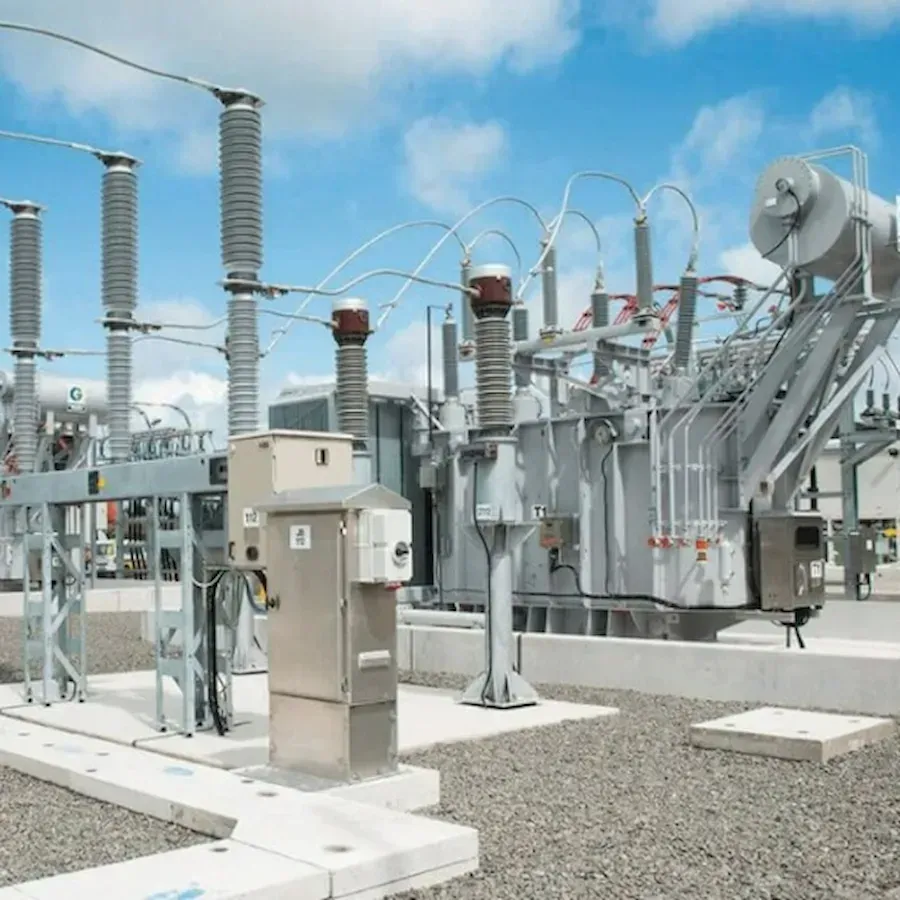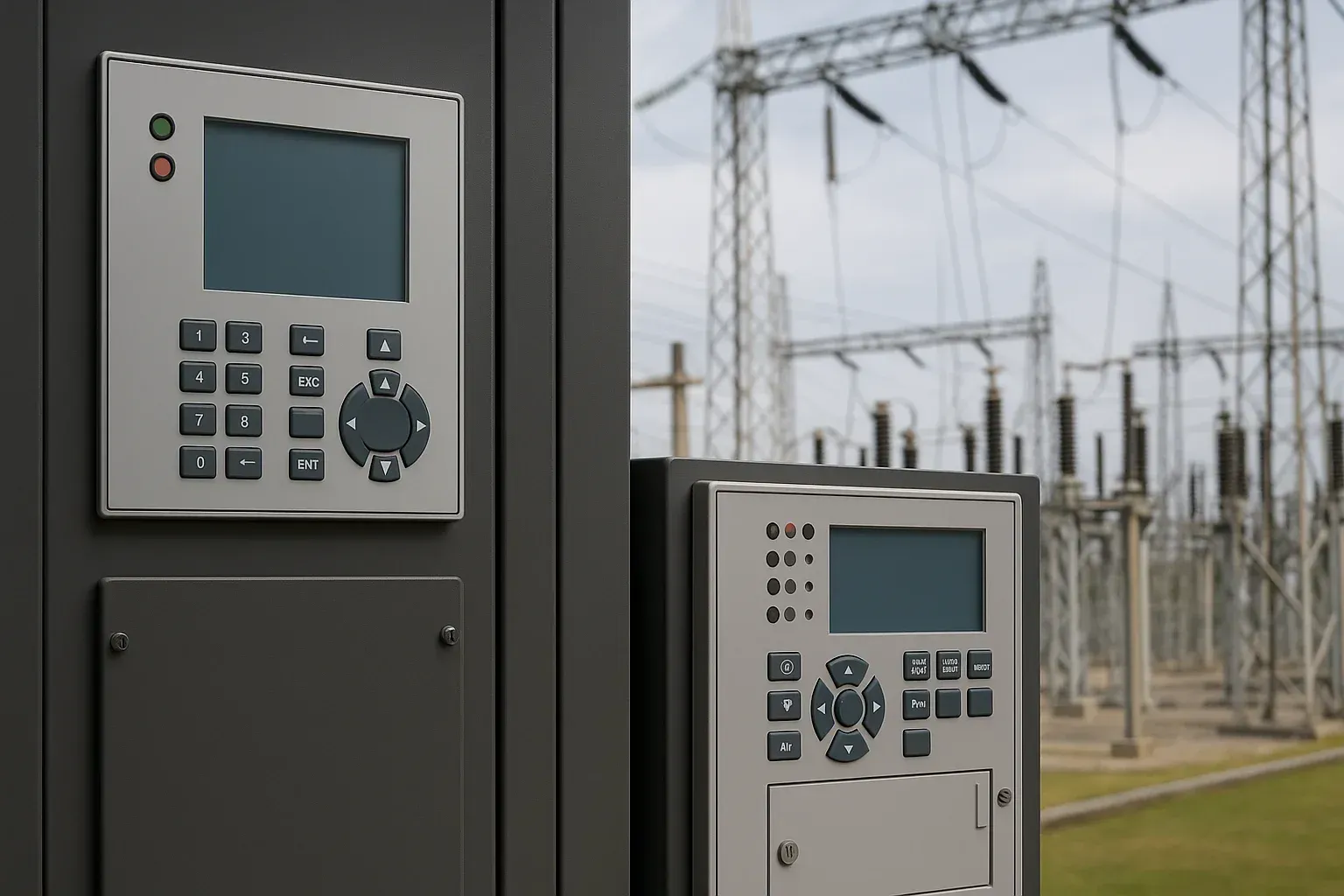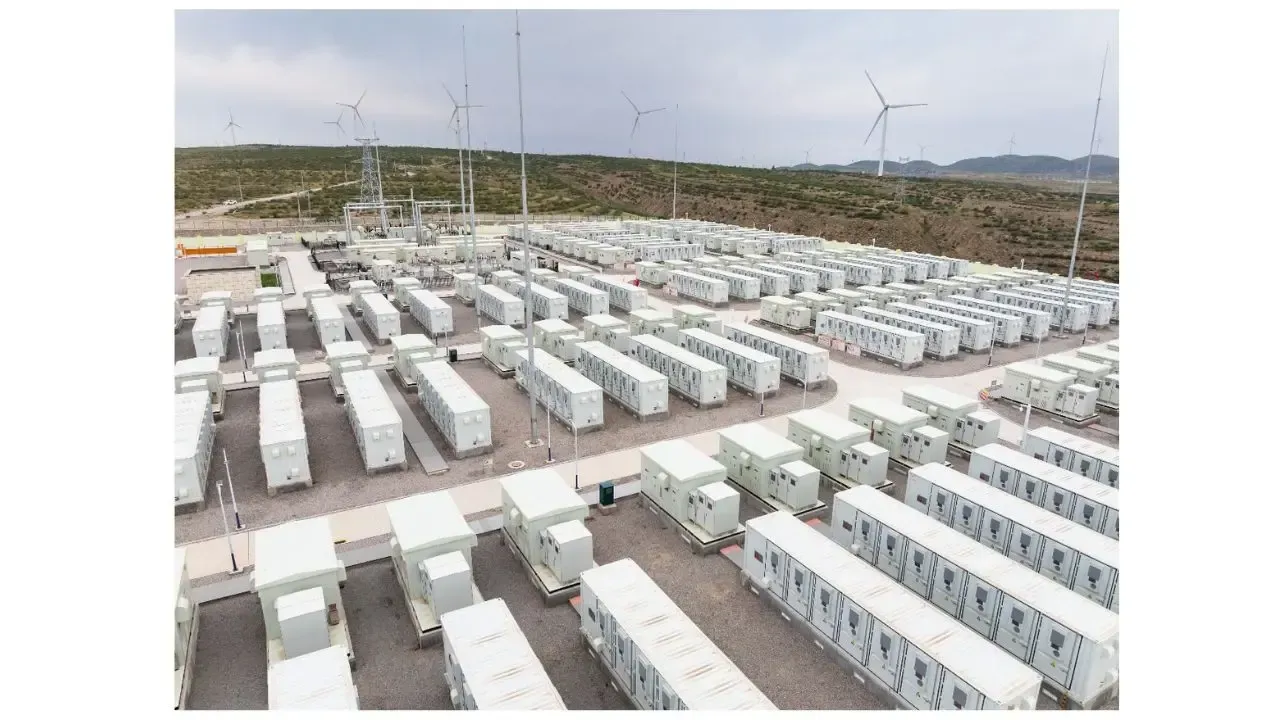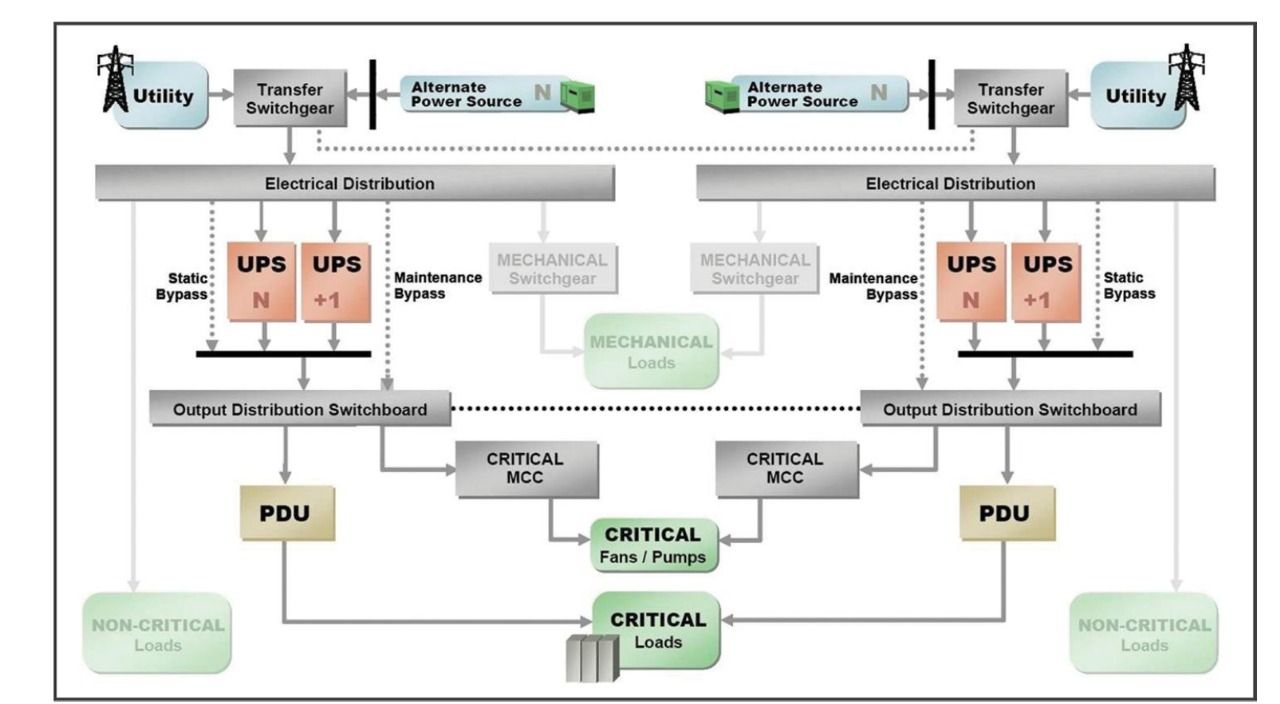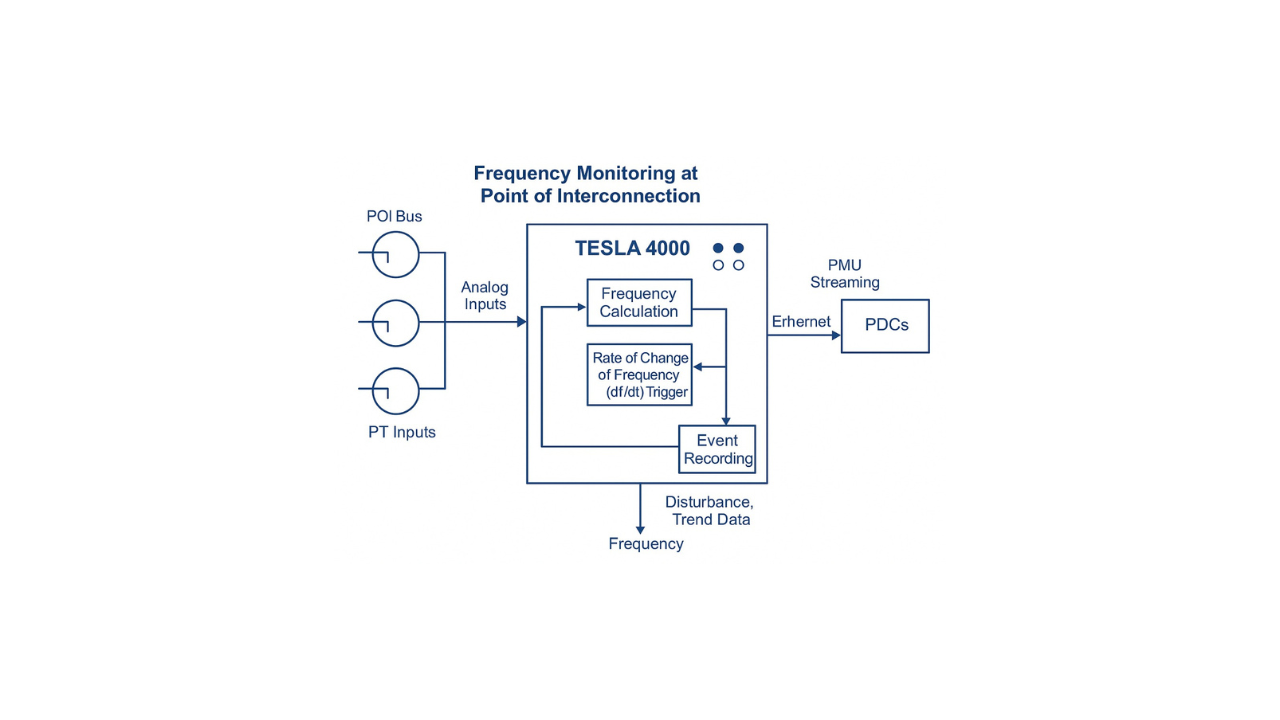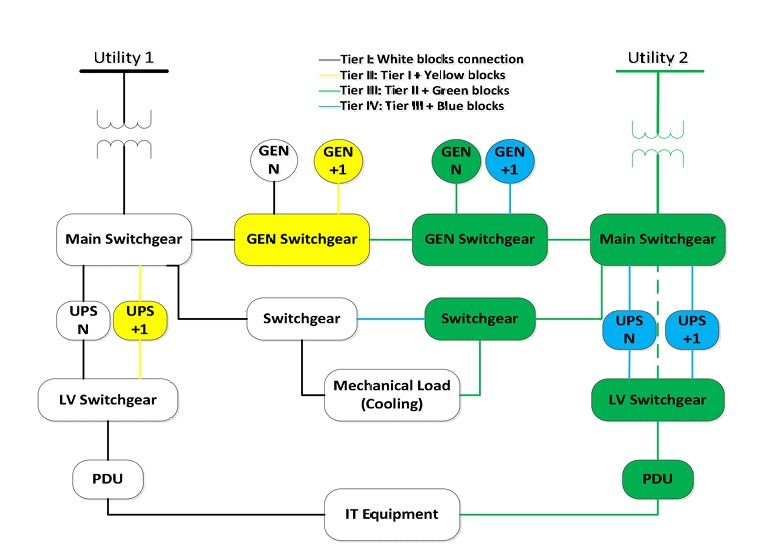A Coordinated Electric System Interconnection Review—the utility’s deep-dive on technical and cost impacts of your project.
Challenge: Frequent false tripping using conventional electromechanical relays
Solution: SEL-487E integration with multi-terminal differential protection and dynamic inrush restraint
Result: 90% reduction in false trips, saving over $250,000 in downtime
Revolutionizing the Grid: Exploring Energy Storage System Technologies and Their Utility-Scale Projects
October 1, 2023|Blog
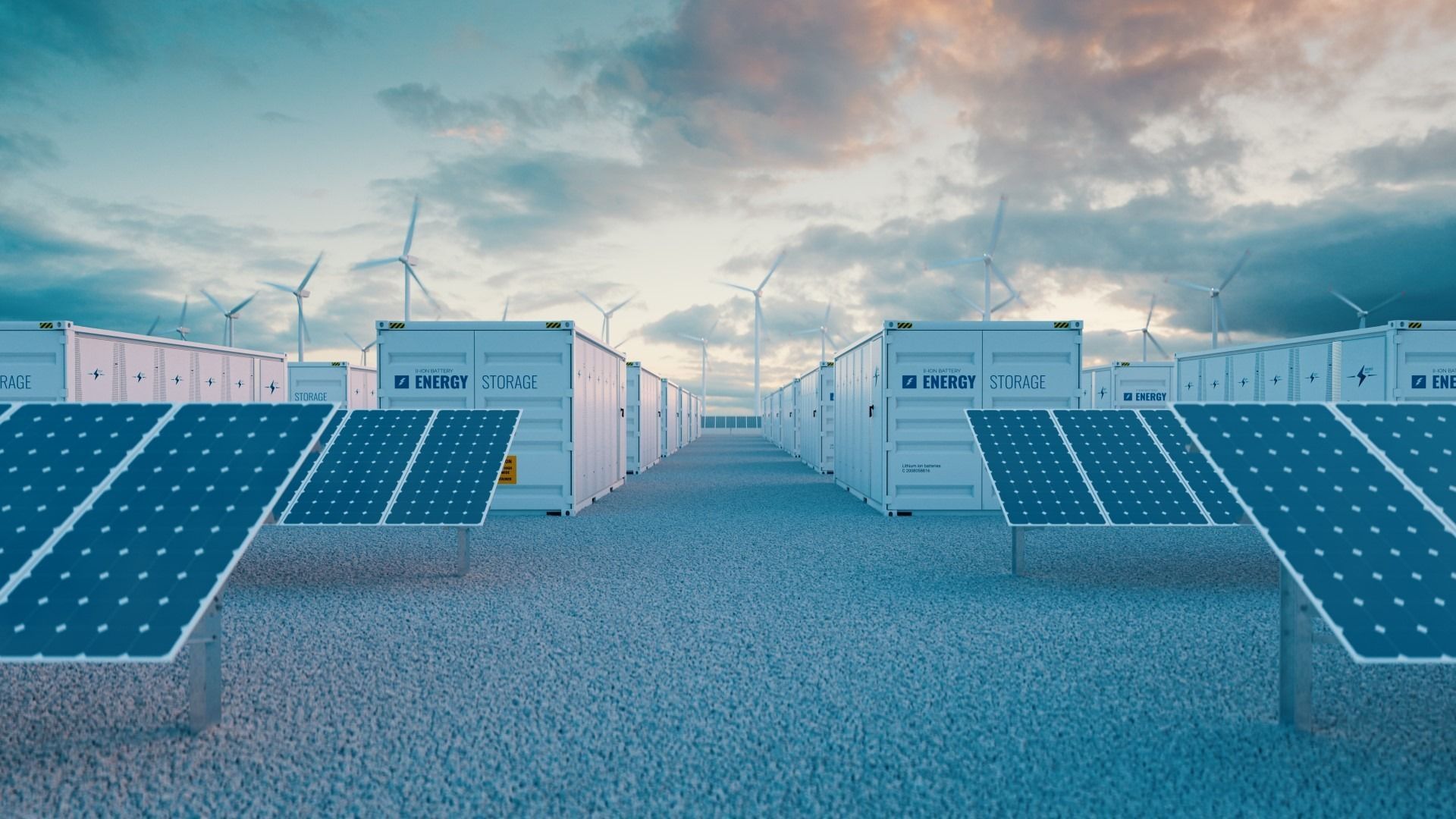
Introduction
The global energy landscape is rapidly evolving, with a growing emphasis on renewable energy sources such as solar and wind power. However, the intermittent nature of these sources presents a challenge for maintaining a reliable and stable energy supply. This is where Energy Storage System (ESS) technologies come into play, offering the capability to store excess energy and release it when needed — enhancing grid flexibility, stability, and resilience.
In this blog, we delve into various utility-scale energy storage technologies and highlight landmark projects that are shaping the future of clean energy.
Energy Storage System Technologies
Lithium-Ion Batteries
Lithium-ion batteries, widely recognized for their use in consumer electronics, have transitioned into the utility-scale energy storage domain. These batteries offer high energy density and fast response times, making them ideal for a range of applications — from small residential setups to large-scale projects.
Notable Installations
- Hornsdale Power Reserve (Australia)
- Moss Landing Energy Storage Facility (California)
Learn how we design large-scale systems on our Utility-Scale Battery Storage Engineering page.
Flow Batteries
Flow batteries store energy in liquid electrolytes that circulate through electrochemical cells. They offer longer cycle life and are highly scalable.
Landmark Project:
Rongke Power (China): 200 MW / 800 MWh vanadium flow battery installation
Pumped Hydro Storage
This traditional method pumps water to an elevated reservoir during low demand and releases it for power generation during peaks. It accounts for a significant portion of
global grid-scale energy storage capacity.
Key Example: Bath County Pumped Storage Station (Virginia, USA)
Compressed Air Energy Storage (CAES)
CAES systems store energy by compressing air into underground formations, releasing it later to drive turbines.
Featured Facility:
McIntosh CAES Plant (Alabama, USA) – 110 MW capacity with up to 26 hours of continuous delivery
Thermal Energy Storage
Thermal storage systems use heat (e.g., molten salt) to generate electricity when needed. Commonly integrated with solar plants.
Key Innovation: Crescent Dunes Solar Plant (Nevada, USA) – molten salt thermal tower design
These hybrid solutions integrate well with Keentel’s
POI Interconnection Services
Utility-Scale Energy Storage Projects
Hornsdale Power Reserve, Australia
Known as the “Tesla Big Battery,” this 150 MW / 194 MWh lithium-ion battery system has proven invaluable in stabilizing the grid, handling frequency response, and providing emergency backup.
Moss Landing Energy Storage Facility, USA
One of the largest utility-scale BESS projects, with a capacity of 400 MW / 1,600 MWh. It plays a pivotal role in California’s grid reliability and renewable integration strategy.
Rongke Power, China
This 200 MW / 800 MWh vanadium flow battery project demonstrates the global potential for long-duration, utility-scale battery systems.
Bath County Pumped Storage, USA
With a capacity of 3,003 MW, it remains the world’s largest pumped hydro plant — an enduring example of grid-scale stability via mechanical energy storage.
McIntosh CAES Plant, USA
This 110 MW compressed air system highlights how underground caverns can support long-duration storage in a cost-efficient and environmentally safe way.
Crescent Dunes Solar Energy Plant, USA
While its solar capacity is 110 MW, its molten salt thermal storage enables power generation even after sunset — a step toward round-the-clock clean energy.
Conclusion
As the world accelerates toward a cleaner energy future, utility-scale energy storage systems are central to ensuring grid stability, maximizing renewable utilization, and building resilient power infrastructure. From BESS to flow, CAES, and thermal, these technologies are transforming how we design, scale, and operate the energy grid.
The projects above serve as proof of concept — but also as a vision of what's ahead. With continued innovation, investment, and engineering leadership, the grid of tomorrow will be flexible, intelligent, and energy-secure.
Curious how storage fits into your grid plan? Check out our
Power System Studies services to get started.
Planning a Utility-Scale Battery Storage Project?
Keentel Engineering delivers complete design and modeling services for
BESS, grid interconnection, NERC compliance, and utility-scale integration.

About the Author:
Sonny Patel P.E. EC
IEEE Senior Member
In 1995, Sandip (Sonny) R. Patel earned his Electrical Engineering degree from the University of Illinois, specializing in Electrical Engineering . But degrees don’t build legacies—action does. For three decades, he’s been shaping the future of engineering, not just as a licensed Professional Engineer across multiple states (Florida, California, New York, West Virginia, and Minnesota), but as a doer. A builder. A leader. Not just an engineer. A Licensed Electrical Contractor in Florida with an Unlimited EC license. Not just an executive. The founder and CEO of KEENTEL LLC—where expertise meets execution. Three decades. Multiple states. Endless impact.
Services

Let's Discuss Your Project
Let's book a call to discuss your electrical engineering project that we can help you with.

About the Author:
Sonny Patel P.E. EC
IEEE Senior Member
In 1995, Sandip (Sonny) R. Patel earned his Electrical Engineering degree from the University of Illinois, specializing in Electrical Engineering . But degrees don’t build legacies—action does. For three decades, he’s been shaping the future of engineering, not just as a licensed Professional Engineer across multiple states (Florida, California, New York, West Virginia, and Minnesota), but as a doer. A builder. A leader. Not just an engineer. A Licensed Electrical Contractor in Florida with an Unlimited EC license. Not just an executive. The founder and CEO of KEENTEL LLC—where expertise meets execution. Three decades. Multiple states. Endless impact.
Leave a Comment
We will get back to you as soon as possible.
Please try again later.
Related Posts


